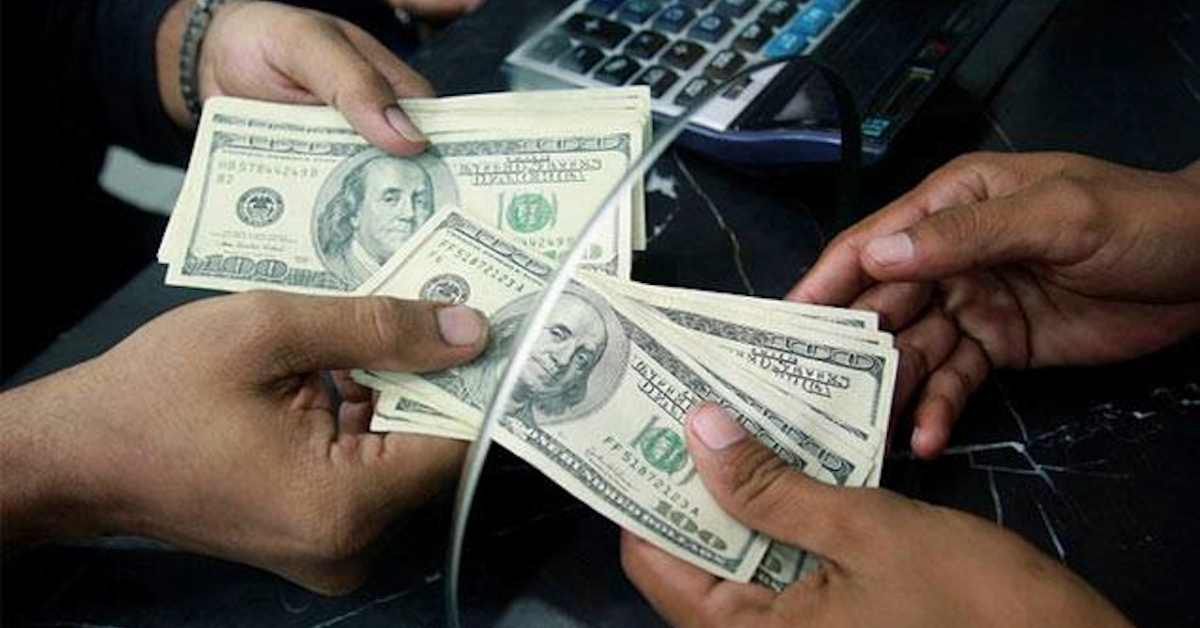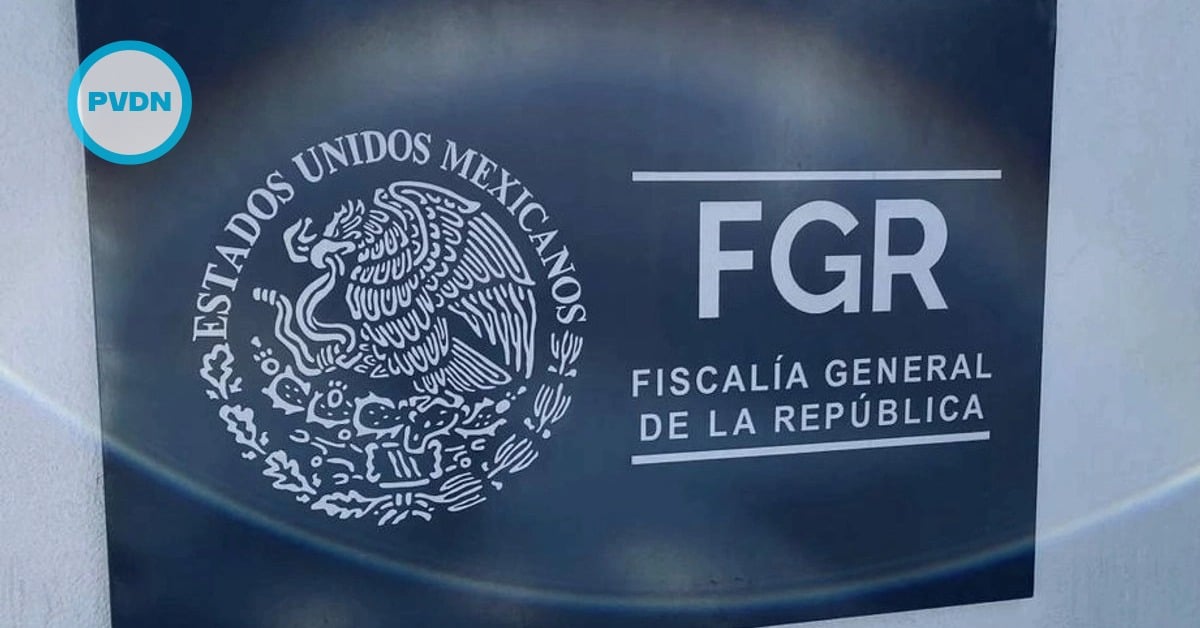Dollar index decline sparks questions about the U.S. dollar’s global role as major currencies gain ground and gold rallies 28% this year. The U.S. Dollar Index, which tracks the greenback against six major currencies, has slid sharply this year, raising questions about the dollar…






